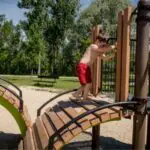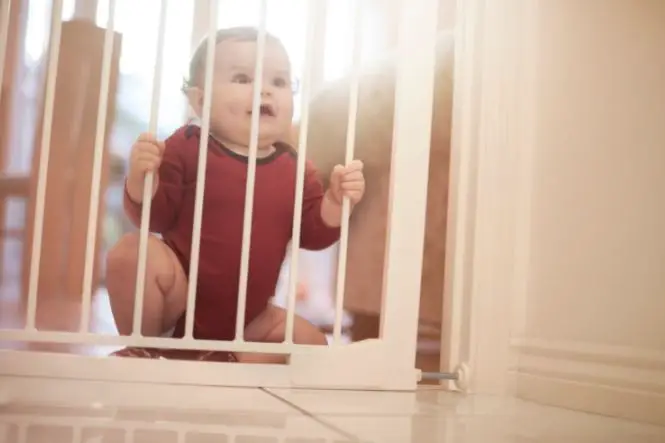The most dangerous things for children are often the smallest and most innocent looking. Young children explore new objects by putting them into their mouths, but these can easily become a Choking Hazard. In infants and young children this is commonly either a sweet or a toy, so don’t leave small children alone when they are eating, especially harder types of sweets.
Generally speaking, most children’s toys are small by the nature but you can prevent some accidents by making sure the toys don’t have small moving parts that can be pulled off. Also, if older children are playing with games on the floor that have small playing pieces, make sure your baby or toddler is watched at all times or taken somewhere else to play.
Table of Contents
Age Restrictions
Regulations are in force requiring all small toys, or those that contain small parts or easily detached parts, to be labelled with the words “Not suitable for children under 36 months” or “Not suitable for children under three years”. In addition, there should be a brief indication of the hazard, such as “Contains small parts”.
Keep Hazards out of Reach
All children like to grab at things, especially small items as they fit nicely into a small hand and onto a small mouth for ‘tasting’. Keeping an eye on what gets left on the floor and moving it straight away is a good idea, even if you keep a ‘dump’ box on a table out of reach where everything gets put and redistributed to its rightful place when the children are in bed.
You have the advantage of height so make sure everything is moved up a few feet to avoid any possibility of them being found, especially safety hazards like matches or electrical things like remote controls or mobile phones, all of which have removable part, fit into mouths and don’t respond well to dribble or being taken apart!
First Aid
If you see your child is grasping their throat, then swift action is needed. Make sure you are familiar with treatment for choking – see our article on Choking – Facts and Prevention or buy a family medical book to keep at home. A first aid course (lots of adult learning centres run these) could be invaluable. Remember, if you’re not sure what to do, always call an ambulance.
Lock Away Medication
Pills in packets and bottles are a great source of fascination as often they resemble sweets and, of course, small children don’t distinguish between sweets and medicines. Child resistant bottles are obviously the best but many prescriptions for pills and indeed many over the counter painkillers come in blister packs, which are simple for children to get into.
Lock any kind of medication away in a bathroom cabinet. Try not to keep pills in a beside cabinet or drawer – although this might be easier for you to take them last thing at night or first thing in the morning, it will also be easier for children to get at them.
Handbags are also a great location for keeping pills in if they need to be taken during the day or even for storing painkillers. If you do, make sure your handbag is out of reach on a table or in a cupboard they can’t open.
Handbags also have lots of nice things like keys, lipsticks, pens and coins, all of which are hazards to a small child. It’s not so easy to lock a handbag so getting it out of the way completely is your best option.
Look around your house and see where else you tend to dump these things – on a hall table, a kitchen worktop, a window ledge, or the stairs by the door – all very easily accessible by children and again, unless they are older and know it’s out of bounds, they’ll go straight for them.




